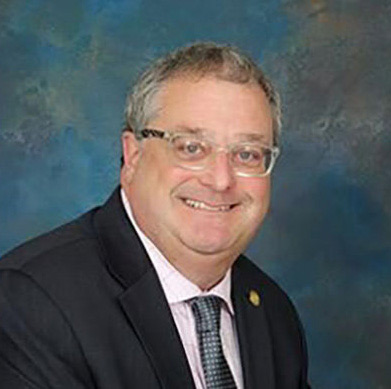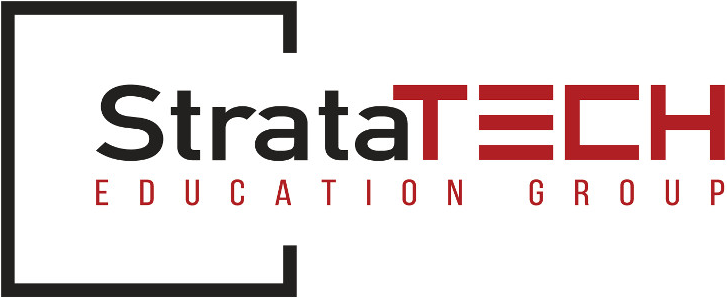Tiffin University in northwest Ohio, Provost and Chief Academic Officer Peter Holbrook is constantly challenged to optimize course offerings for the school’s more than three thousand undergraduate and graduate students.
“I’m engaged in building a dynamic academic portfolio in terms of diversity and professionalism,” said Peter. “That involves figuring out which existing programs to grow, sustain, fix, or sunset. That also involves figuring out what new programs to offer so that we are being responsive to the needs of students and employers.”
When Peter arrived in 2017, Tiffin University was in the process of updating its argument for reaccreditation with the Higher Learning Commission. In support of that effort, Peter started a classic program review of eight programs.
“I needed to jump-start the program review process since the university hadn’t conducted a review in a while,” said Peter. “We created a template to guide our analysis of the available data. However, it became apparent during this slow and cumbersome process that something was missing from our analysis. We didn’t have information about our internal program economics, and we didn’t have good external market analysis.”
Peter knew exactly what he needed to perform a comprehensive program review. First and foremost, he needed market demand data and forecasts. He also needed internal data on program economics and performance, including benchmarks from other institutions. The ideal tool would combine data on markets and economics for current programs and for potential new programs.
After a bit of searching, Peter found the Program Evaluation System (PES) by Gray DI.
Tiffin’s program review process with PES showed campus leaders how to use a more data-informed approach to decision-making.
The PES software had Markets and Economics modules to analyze each program. Gray customized the Markets software, pulling data on Tiffin’s current markets and creating program scorecards that measured student demand, employer needs, and competition. Peter worked with Gray to tailor the scoring systems to Tiffin’s priorities. The Markets module then rated and ranked the markets for all of Tiffin’s current programs and over a thousand potential new programs.
Over a few months, Tiffin pulled data, and Gray set up their program Economics module, which calculated revenue, cost, and margin by department, program, course, and section. It revealed that many—but not all—small programs were contribution-positive and helped to offset institutional overheads. Now Peter had what he needed: a way to evaluate the opportunity for growth and income for each Tiffin program, as well as hundreds of potential new programs.
“Because we were in the process of reaccreditation, we approached the program review from a position of strength,” said Peter. “We wanted to grow and sustain the right programs, but that involved deciding which programs to trim.”
Tiffin University has enjoyed these results since partnering with Gray DI
Streamlined program review process
Improved decision-making by using reliable data
Achieved 25 percent year-over-year growth in eight programs
Saved more than $345,000 after sunsetting underperforming courses
Peter designed a review process that used PES data to inform program evaluations and decisions across Tiffin’s entire program portfolio. The heads of the five schools at both the undergraduate and graduate levels were charged with adding programs to their portfolios. They were then trained to use the Markets and Economics modules, as well as their own judgment to make sound decisions that took advantage of opportunities to launch new programs, grow existing programs in promising markets, and trim programs with weak economics, unattractive markets, and little alignment with Tiffin’s mission.
This deliberative process strengthened campus relationships and showed campus leaders how to use a more data-informed approach to decision-making.
Peter continues to use PES to drill deep into the data to refine the university’s program portfolio.
“In the spring of 2022, we decided to redesign four programs and sunset three programs,” said Peter. “So, PES has been a great tool for us since we are now able to review our program offerings every year.”

Situation
We didn’t have information about our internal program economics, and
we didn’t have good external market analysis.
Solution
PES has been a great tool for us since we are now able to review our program offerings every year.
Results
Tiffin’s program review process with PES showed campus leaders how to use a more data-informed approach to decision-making




